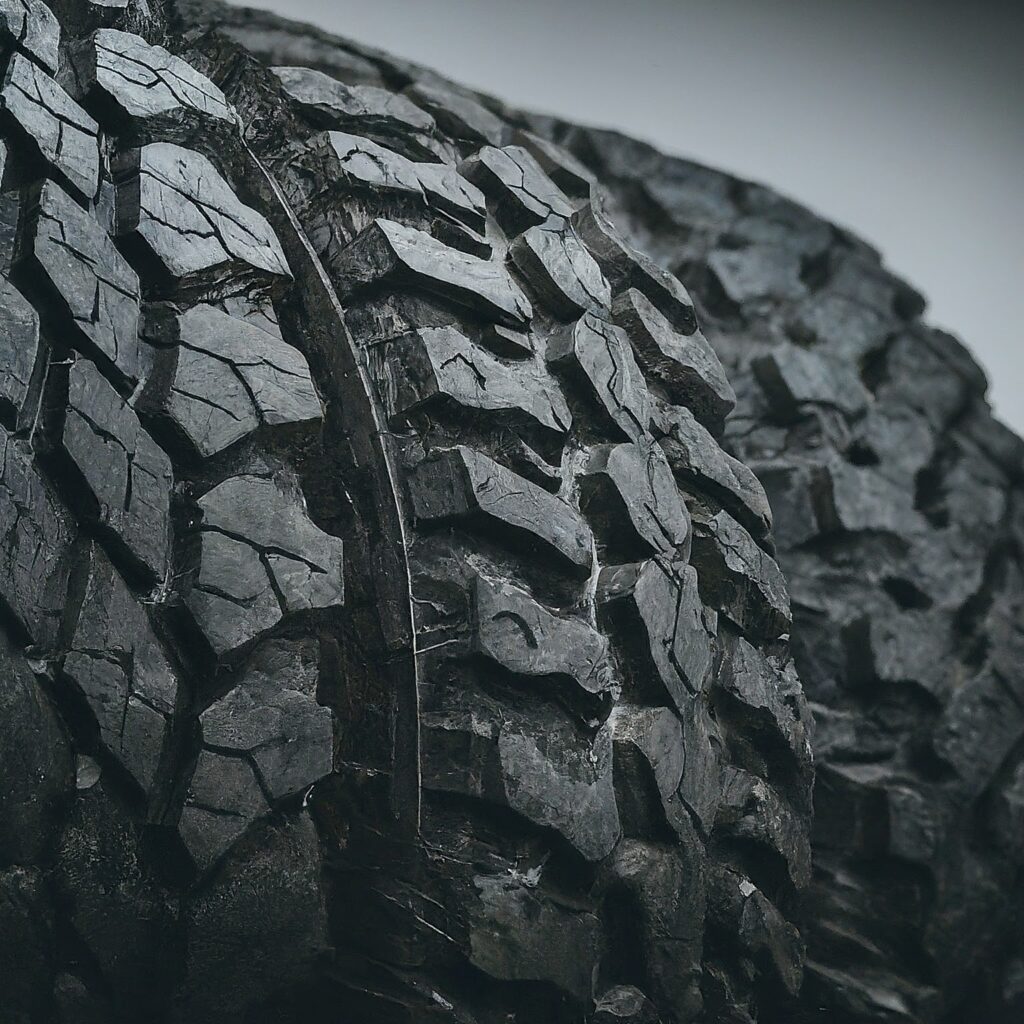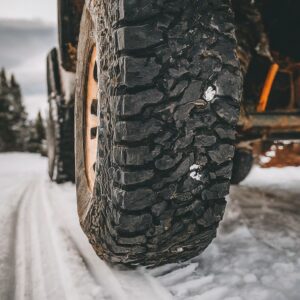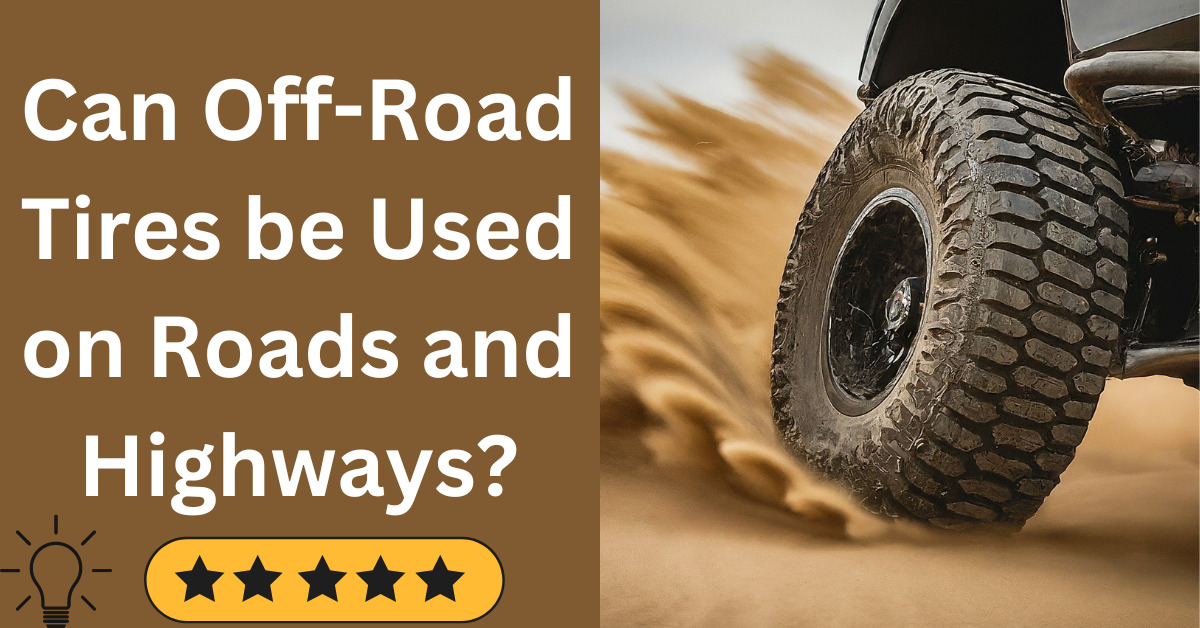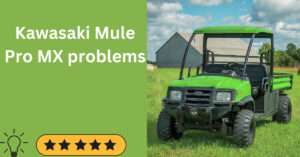Off-road tires and highway tires serve distinct purposes, each tailored to specific driving conditions. Off-road tires, known for their aggressive tread patterns and durability, are primarily designed to navigate challenging terrains like mud, rocks, and dirt.
However, some off-road tire models are engineered to balance their rugged capabilities with on-road functionality. So one question come in your mind about these tire that Can Off-Road Tires be Used on Roads and Highways? So this guide delves into the intricacies of using off-road tires on regular roads, addressing concerns regarding their legality, safety, and performance.
Can Off-Road Tires be Used on Roads and Highways?

Yes, off-road tires can technically be used on roads and highways, but it’s important to understand the significant drawbacks before doing so:
drawbacks of using off-road tires on roads:
- Reduced traction on pavement: Off-road tires have deep, aggressive tread patterns designed for gripping loose surfaces like dirt and mud. These deep treads have a smaller contact area with paved roads, leading to reduced grip, especially in wet or slippery conditions. This can increase braking distances and make handling less responsive.
- Increased noise: The deep treads also create more air turbulence, resulting in significantly louder road noise compared to street tires. This can be irritating and tiring on long drives.
- Faster wear: The softer rubber compounds used in off-road tires for better off-road grip wear much faster on pavement. This can significantly shorten the lifespan of your tires and increase your replacement costs.
- Reduced fuel economy: The larger tread blocks and heavier construction of off-road tires increase rolling resistance, which reduces fuel efficiency. This can be a significant concern, especially with rising fuel costs.
You may also read How To Start Off Roading For Beginner 2024
Are Off-Road Tires Street Legal?

Off-road tires designed for on-road use typically undergo scrutiny for Department of Transportation (DOT) approval. This approval ensures that the tires meet certain safety and performance standards required for legal on-road driving. One critical aspect is adhering to legal tread depth requirements. Even with DOT approval, drivers should be aware of potential issues such as increased noise, faster wear on paved surfaces, and a higher likelihood of hydroplaning in wet conditions.
Also read this 12 Best Off-road Vehicles of all Time 2024
Pros and Cons of Using Off-Road Tires on-Road

Here are some pros and cons of using off-road tires on the highway.
Pros:
- Enhanced Traction: Off-road tires excel in providing superior traction on challenging surfaces, including mud, snow, and loose terrains.
- Adventure Ready: For drivers seeking off-road adventures, these tires are well-suited for tackling various landscapes.
Cons:
- Noisy Ride: The aggressive tread patterns that make off-road tires effective off-road contribute to a noisy on-road driving experience.
- Handling Differences: Off-road tires may result in less responsive handling on paved roads.
- Reduced Fuel Economy: The nature of the tire’s tread design can lead to lower fuel efficiency compared to standard highway tires.
Safety Considerations for Highway Driving
Using off-road tires on highways requires careful consideration of safety factors:
- Stability at High Speeds: The aggressive tread patterns may affect the stability of the vehicle, particularly at higher speeds.
- Braking Distances: Off-road tires may impact braking distances, requiring drivers to adjust their driving habits.
- Rain/Snow Traction: While off-road tires perform well in off-road conditions, their effectiveness in rain and snow may be different.
Ideal Conditions and Vehicles for Off-Road Tires on Pavement
Off-road tires find optimal use under specific conditions and with particular vehicle types:
- Short Commutes and Rural Roads: Well-suited for short drives and navigating rural, unpaved roads.
- Pickups and SUVs: Vehicles designed for off-road adventures benefit from the enhanced capabilities of off-road tires.
- Not Ideal for Sedans: Sedans, especially those used for extended highway trips, may not experience the same benefits and could face drawbacks.
Also read this 7 Best Offroad Sedan in 2024
WHAT KINDS OF OFF-ROAD TIRES ARE THERE?

Off-road tires come in various types, each tailored to specific terrains and driving conditions. Understanding these tire categories is essential for choosing the right set based on your off-road adventures. Here’s a breakdown of the main kinds of off-road tires available:
1. All-Terrain Tires (AT):
- Terrain Suitability: Versatile and suitable for a variety of terrains, including paved roads, gravel, and light off-road trails.
- Tread Design: Moderate tread patterns that balance on-road and off-road performance.
- Ideal Use: Everyday driving with occasional off-road excursions.
- Read more about it 10 Best All-Terrain Tires 2024
2. Mud-Terrain Tires (MT):
- Terrain Suitability: Designed for challenging off-road conditions, especially mud and loose dirt.
- Tread Design: Aggressive, large tread blocks with wider spacing for self-cleaning in muddy environments.
- Ideal Use: Off-road enthusiasts tackling muddy trails and extreme terrains.
3. Rock-Crawling Tires:
- Terrain Suitability: Tailored for rock crawling and navigating over rugged, rocky surfaces.
- Tread Design: Reinforced sidewalls, large lugs, and siped patterns for optimal grip on rocks.
- Ideal Use: Off-road rock crawling and technical trail driving.
4. Sand Tires:
- Terrain Suitability: Specifically designed for sandy conditions like deserts and dunes.
- Tread Design: Paddle-like, with wide gaps to provide maximum traction in loose sand.
- Ideal Use: Sand dune driving and desert off-roading.
5. Winter/ Snow Tires:
- Terrain Suitability: Engineered for driving in snowy and icy conditions.
- Tread Design: Siped patterns and softer rubber for enhanced grip in cold temperatures.
- Ideal Use: Off-road adventures in winter climates.
6. Performance Tires:
- Terrain Suitability: Focus on on-road performance with limited off-road capability.
- Tread Design: Smoother and less aggressive tread patterns for better on-road handling.
- Ideal Use: Sporty off-road vehicles used primarily on paved surfaces.
Key Takeaways on Using Off-Road Tires on-Road
In summary, the use of off-road tires on regular roads depends on various factors, including the tire’s design, DOT approval, and the driver’s preferences. While off-road tires can enhance a vehicle’s capabilities for off-road adventures and short drives, drivers should be mindful of the trade-offs, such as increased noise and potential handling differences. Safety considerations, especially during adverse weather, are crucial, and drivers should adapt their driving habits accordingly.
Conclusion About Can off-road tires be used on road?
In conclusion, the choice between off-road and highway tires should align with the driver’s specific needs, the vehicle type, and the typical driving conditions encountered.








